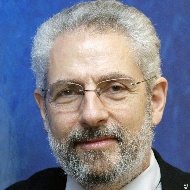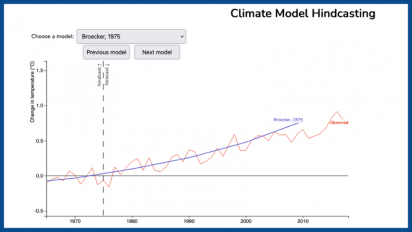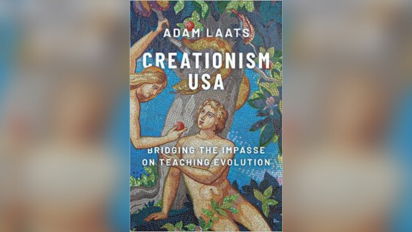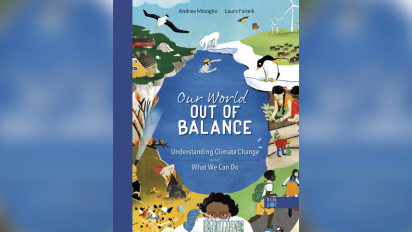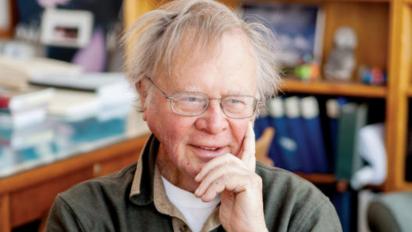Wally Broecker's Intuition
In this Place & Time article, Spencer Weart describes the numerous times Wallace S. Broecker, the geochemist who popularized the term "global warming," was correct instinctively even as he may have gotten the data wrong.
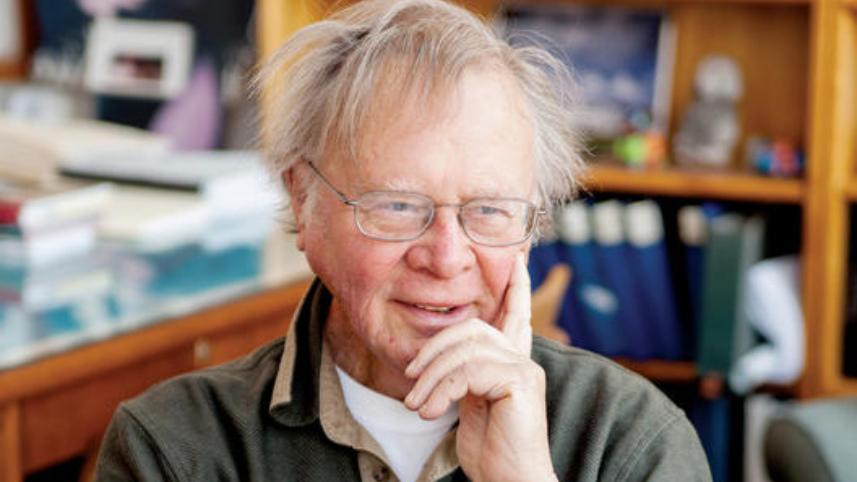
Photo by Ariana Falerni. Courtesy of Columbia College Today.
“Are we on the brink of a pronounced global warming?” Yes, warned a now famous 1975 paper in Science magazine. It was the first time a scientist, or almost anyone, had published the term “global warming.” The paper’s argument was in fact wrong, based on a false hypothesis and misunderstood data. Yet the author was right. This wasn’t the first time nor the last that Wally Broecker was both embarrassingly mistaken and profoundly correct.
Back in 1957 when he was a graduate student, Broecker had heard that Roger Revelle, the dean of the world’s oceanographers — a title Broecker would eventually win for himself — claimed that carbon dioxide (CO2) accumulating in the atmosphere would raise the sea level and devastate California and Texas with droughts. The untested “greenhouse” theory meant little to the young oceanography student. He was busy trudging around some of the driest places in America.
The bleak hardpan of Nevada’s Great Basin had been wet with lakes back in the ice ages, and for his doctoral research Broecker was applying the new technique of radiocarbon dating to find how the lakes came and went. Comparing his dates with layers of clay in cores extracted from the seabed and other data, he found a correspondence. Just when his lakes had dried up, other things had changed around the world. He postulated that at the end of the last ice age the entire global system of weather and ocean currents had lurched from one state to a different state in the span of a few centuries.
Few read the thesis and most of them dismissed it. Everyone knew that ice ages came and went over many thousands of years; the global system was sluggish. And indeed Broecker was wrong. He had not cleaned his samples correctly and got false dates. Yet ... Broecker was right. His intuition was better than his measurements. Decades later, layers of ancient ice in cores drilled from deep in the Greenland ice cap and other data showed that around the end of the last ice age there was indeed a global climate lurch, startling jumps of temperature and sea level within the timespan of a single human lifetime.
This wasn’t the first time nor the last that Wally Broecker was both embarrassingly mistaken and profoundly correct.
Meanwhile Broecker had left behind his doctoral work and gone on to dig up data in other wild and lonely places, from the coral reefs of New Guinea to the high seas. He made important discoveries about the geochemistry of seawater, the progression of ice age cycles, the slow circulation of the world-ocean, and more. In the 1970s global warming caught his attention. Scientists were perplexed: the atmosphere’s CO2 level was steadily climbing, but temperatures had been level since the 1940s. Was Revelle’s prediction wrong? Broecker saw an answer when a Danish team reported a roughly 80-year cycle of variations in a Greenland ice core. Similar cycles were found in records of sunspots and weather over past centuries, presumably reflecting a periodic change in the Sun’s energy. Broecker wrote in his Science paper that the solar energy was currently in a downswing, counteracting the temperature rise expected from CO2. The cycle was due to reverse, and then global temperatures would soar dangerously.
Wrong. There is no 80-year solar cycle, and the ice and weather data turned out to be only local North Atlantic effects, not global at all. And yet ... right. Broecker’s intuition told him that some- thing was holding back the greenhouse temperature rise. As we now know, the something was not a change in sunlight itself but an increase of industrial smog blocking the sunlight. When the something halted — and regulations did halt the increase of smog — Broecker’s “pronounced global warming” would indeed appear.
In the 1980s a Swiss team reported something even more disturbing in a Greenland ice core: radical shifts of CO2 within a single decade. Only a radical transformation in the oceans, Broecker said, could have changed the atmosphere so fast. Returning to a speculation in his doctoral thesis, he declared that the global system of ocean circulation (which he had done more than anyone to reveal) could grind to a halt. The idea was popularized, to his dismay, in science-fiction disaster epics that went far beyond his warnings of rapidly shifting weather systems.
Anyway Broecker was wrong again. The Swiss measurements did not in fact reflect CO2 levels; what had changed was the ice’s acidity. And ... right again. The chemical changes reflected shifts in the amount of dust in the ice, due to abrupt reorganizations of wind patterns that swept minerals from deserts across the entire Northern Hemisphere. Global weather could indeed change radically within a decade, at least around the end of an ice age. As for ocean circulation, evidence is accumulating that it has recently begun to slow down.
“The climate is an angry beast,” Broecker liked to say, “and we are poking it with a sharp stick.” He meant that lurches like those seen in ice age times might happen today. Wrong, according to computer model teams. They see nothing in the current climate system susceptible to a catastrophic shift. Broecker pointed out, however, that the models are designed to be stable. Models are adjusted to represent the climate we have known over the past few millennia — an unusually stable period. And now we are shoving the temperature up at an unprecedented rate. If we keep pushing into unknown territory, we could find that Broecker was right again.
This version may differ slightly from the print publication.

